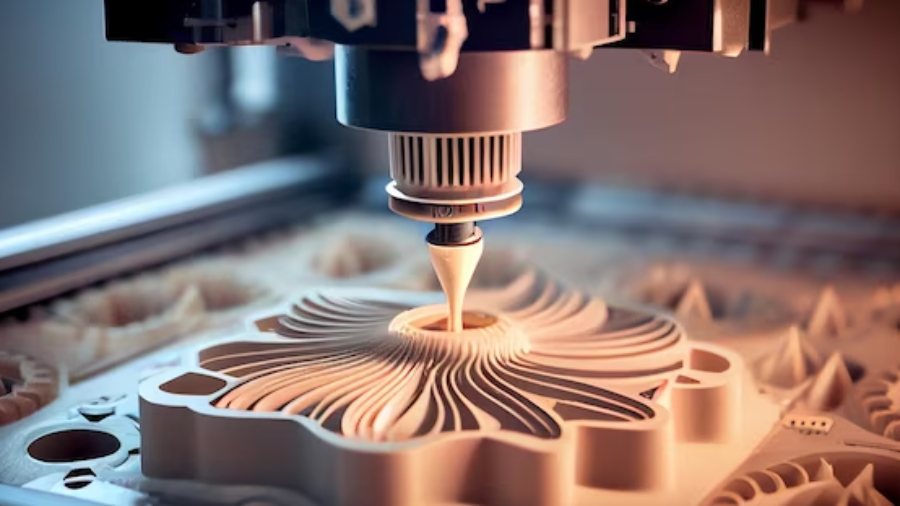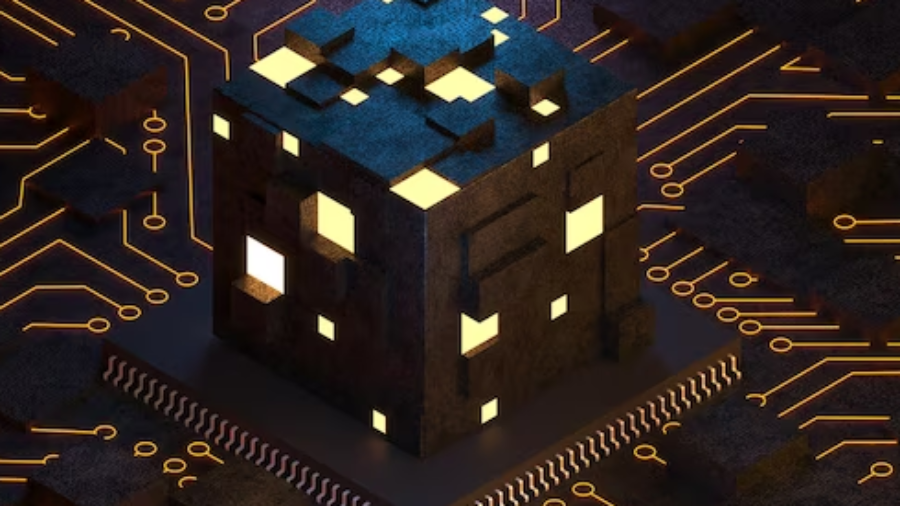Introduction to Bioprinting
Bioprinting, a groundbreaking technology, has emerged as a revolutionary approach to manufacturing living tissues and organs. This innovative technique combines the fields of biology and 3D printing to create intricate structures with living cells. Bioprinting has the potential to revolutionize the medical industry by providing personalized solutions for organ transplantation, tissue engineering, and regenerative medicine. As we delve into the fascinating world of bioprinting, we must navigate the ethical landscape and uncharted territory that this technology presents.

The History and Development of Bioprinting Technology
Bioprinting has come a long way since the early days of the technology in the 2000s. Researchers initially experimented with depositing living cells in successive thin layers. Significant strides have increasingly been made as bioprinting evolved over time. Early work focused on printing basic tissues for uses like skin and blood vessels. Scientists have since grown their ambitions by developing more intricate architectures. This includes heart valves as well as whole organs. The history shows bioprinting developing gradually through trial and refinement. What began as simple experimentation has expanded in complexity thanks to persistent research. This opens possibilities for generating human structures that could help replace damaged ones. The technology may one day help address critical shortages of transplants through ‘printed’ substitutes.
One of the key milestones in bioprinting was the creation of the first functional human liver tissue in 2009. This breakthrough demonstrated the potential of bioprinting to address the shortage of organ donors and revolutionize the field of transplantation. Since then, researchers have continued to refine the techniques and materials used in bioprinting, bringing us ever closer to the possibility of printing functional organs for transplantation.
Bioprinting Applications in Medicine and Healthcare
Bioprinting has many applications within medicine and healthcare that show great potential to help address pressing issues. One area that could see major advances is organ transplantation. The lack of donor organs available has posed a serious challenge for some time, leading to long waits for patients and, unfortunately, high mortality rates. Bioprinting presents an approach to generate custom organs for each individual, removing the need to find matching donors and reducing the risk of the transplanted organ being rejected. This technology offers hope for overcoming the organ shortage crisis through personalized organ fabrication.
Bioprinting shows promise to significantly improve tissue engineering alongside organ transplantation. Through printing intricate constructs containing living cells, researchers can generate purposeful tissues applicable for study, drug screening, and potentially transplantation. This grants novel avenues for individualized care, allowing therapies to be tailored precisely according to a patient’s distinct requirements.
The Ethical Considerations Surrounding Bioprinting
Bioprinting holds promise for medical advances, but we must thoughtfully weigh ethical issues. One concern is potential misuse to engineer life in unnatural ways. With the power to print living tissues comes responsibility. We should set principles guiding bioprinting’s development, protecting humanity while enabling research. Wisdom and care can help science serve health, but only with oversight to curb hazards and uphold dignity.

One concern regarding ethics centers around how bioprinting may affect notions of identity and individuality. By enabling personalized organs to be produced, it prompts examination of such organs’ authenticity and link to the person. Central to addressing are the psychological and social effects of bioprinting to confirm people’s self-governance and worth are honored.
Regulating Bioprinting: Current Laws and Future Challenges
Governing bioprinting presents substantial difficulties owing to the swift tempo of technological progress and the intricate nature of the area. Currently, there are few regulations specifically addressing bioprinting. Most rules concentrate on employing living cells and tissues, instead of the engineering itself. As bioprinting becomes more prevalent, it is essential to develop thorough regulations to deal with matters like safety, effectiveness, and ethical concerns.
Ensuring consistent and responsible use of bioprinting technology across international borders requires collaboration to harmonize regulations and standards. As bioprinting research and development involves participants operating globally, coordinating oversight proves crucial. With companies and researchers working across boundaries, aligning rules helps guarantee technology progresses safely and for the benefit of all.
The Potential Benefits and Risks of Bioprinting
Bioprinting possesses great promise for the medical field and society altogether. The capability to fabricate organs and tissues could spare innumerable lives and lessen the load on healthcare systems. Bioprinting also has the potential to hasten pharmaceutical discovery and progress by offering more precise models for experimentation.
While bioprinting holds promise, we must proceed carefully. The long-term human impacts of 3D printed organs and tissues remain uncertain. Unknowns exist, like whether such grafts could enable vulnerabilities to illness or breakdown. It is imperative that we thoroughly examine and try these methods to confirm protection and performance prior to clinical use. Lives depend on understanding both benefits and any possible issues, so extensive investigation must come before application. Though technology could help many, only careful study ensures no one is unintentionally harmed. Progress demands prudence.
Navigating the Uncharted Territory of Bioprinting
Moving forward in bioprinting, we navigate unknown waters. Progress accelerates while intricacy increases, posing particular problems. Careful prudence is key as we design life, minding consequences thoroughly. Steady hands guide our voyage into the future.
Bioprinting new frontiers necessitate cross-field teamwork. Scientists, ethicists, policymakers and society altogether must cooperate to guarantee bioprinting’s moral and responsible use. Honest discussion and transparency will prove pivotal in addressing worries and anxieties surrounding bioprinting, constructing public belief.
The Future of Bioprinting and Its Impact on Society
Bioprinting’s future shows tremendous potential. As this technology progresses further, more intricate and useful organs could be printed. This will greatly influence organ transplants, tissue engineering, and customized healthcare.
While bioprinting shows promise in medicine, its influence reaches further. It could transform our world and cause us to reexamine our notions of existence and individuality. As we investigate bioprinting’s opportunities, carefully considering society’s response and making its fruits accessible to all stands paramount.
Bioprinting in Popular Culture and Media
Bioprinting has captured public interest, often depicted in scenarios where organs can be created instantly. Though exaggerated, such depictions underscore the allure and potential of bioprinting. Still, distinguishing truth from fantasy and maintaining practical views of bioprinting’s power and constraints is paramount. While bioprinting may someday print organs, current realities diverge from futuristic fantasies. Progress relies on understanding capabilities and acknowledging limits, avoiding overpromise but embracing ongoing development.
Going forward with bioprinting while thoughtfully considering ethics
While bioprinting presents opportunities that could transform organ transplants, tissue regeneration, and tailored therapies, we must ensure this technology’s responsible development. Creating functional tissues and organs could save lives by addressing donor organ shortfalls. Yet as we explore bioprinting’s prospects, careful consideration of ethical implications is equally vital. Progress demands balancing benefits with responsibilities to patients and society.
Bioprinting holds both promise and responsibility. Regulations must guide its development to safeguard individual rights while harnessing potential benefits. Through respectful discussion, scientists, leaders and citizens can shape bioprinting’s role. With care for ethics alongside possibilities, this technology may be an ally in bettering human lives. No one should decide its course alone; together we can find wise paths forward.





